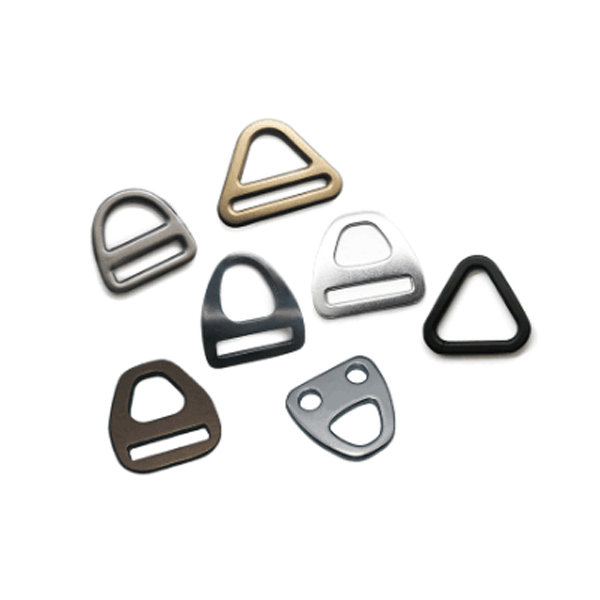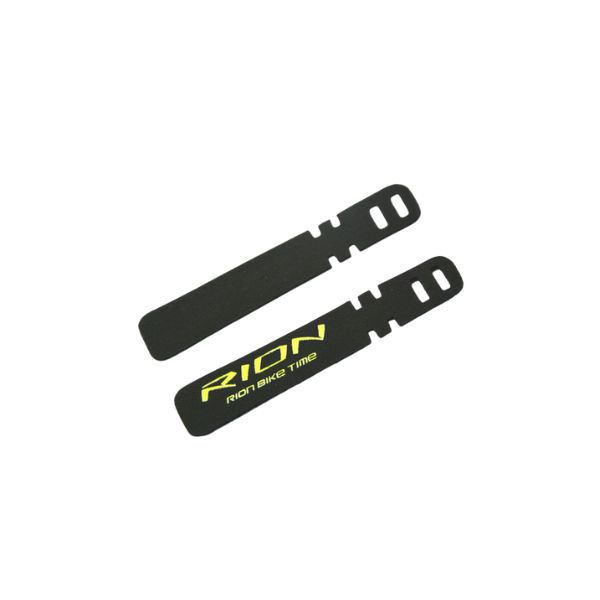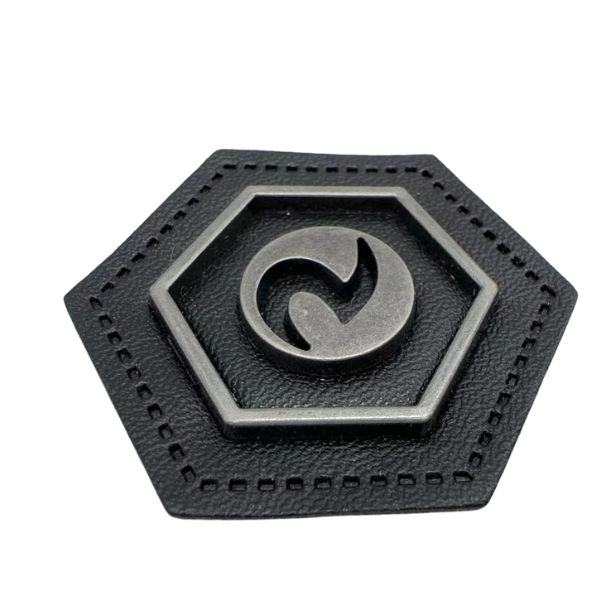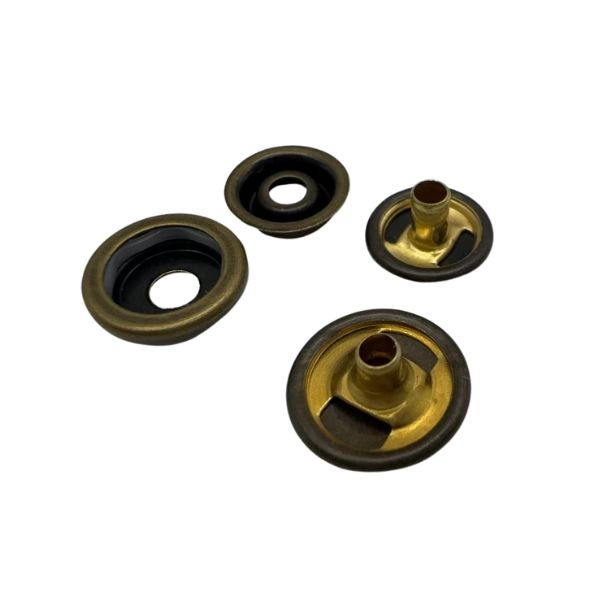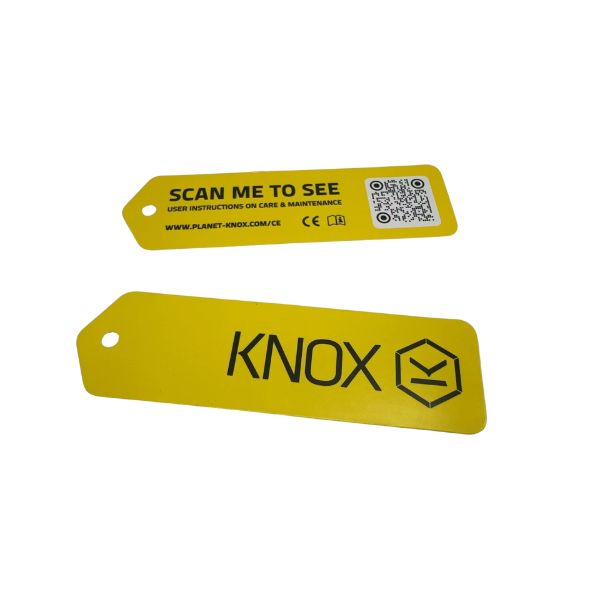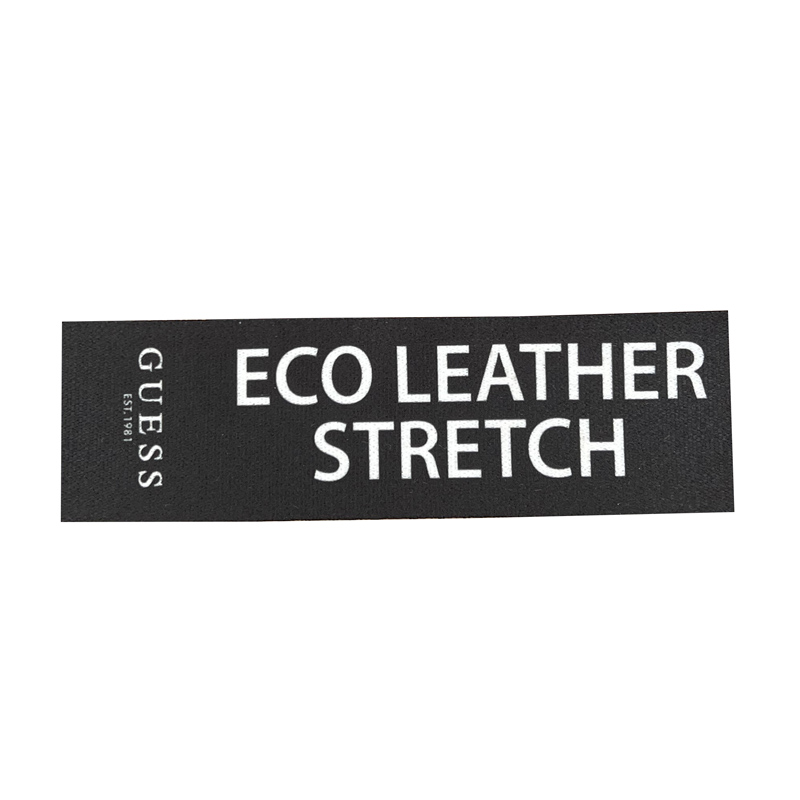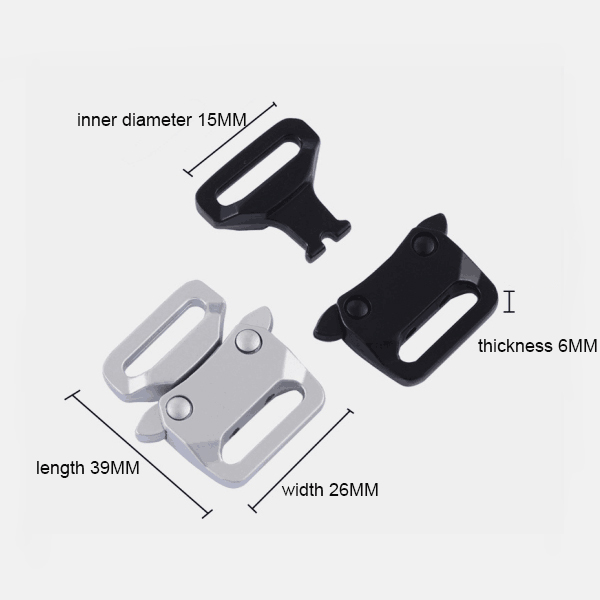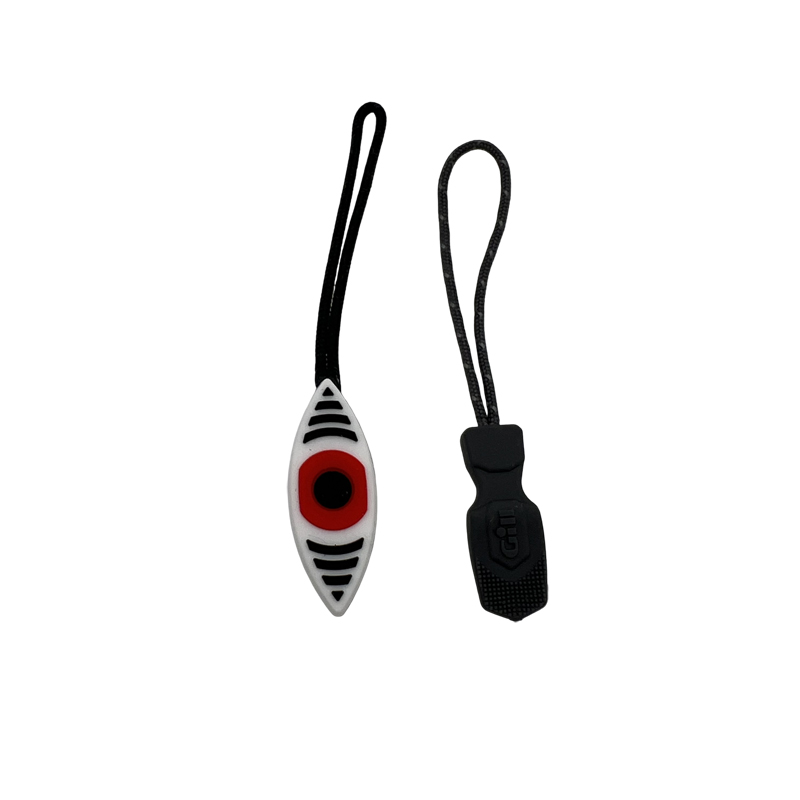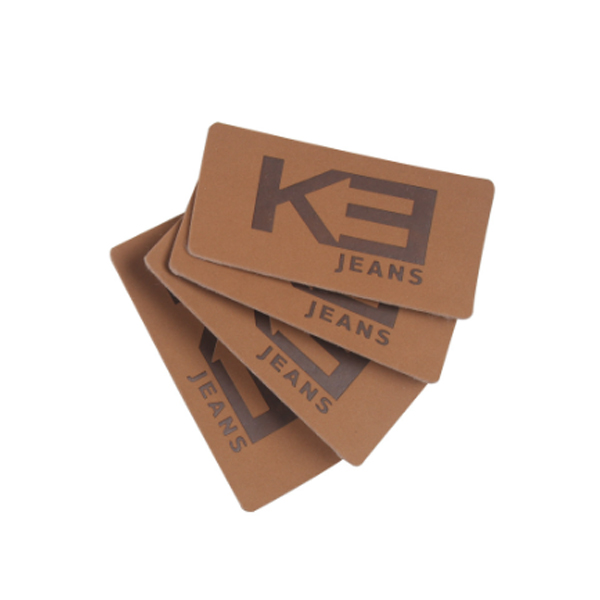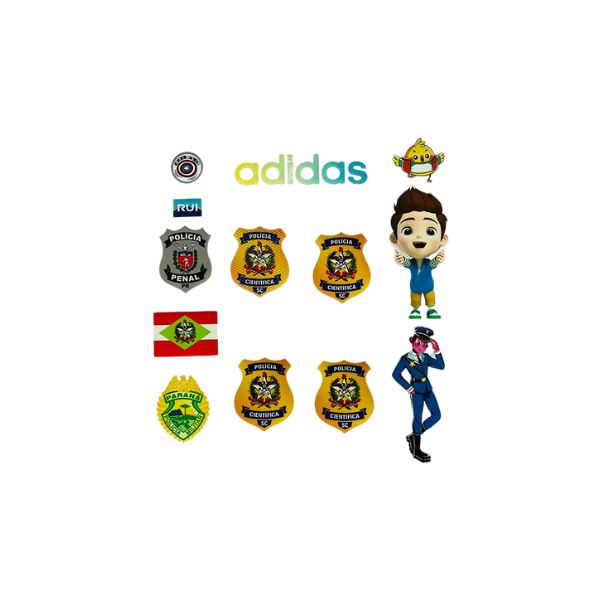In recent years, with the development of the Covid-19, more and more people pay attention to sports, whether it is indoor sports or outdoor sports, the relevant sports equipment industry is showing a rising trend, the demand is increasing day by day also includes impact protector, sports protective equipment, including elbow pads, knee pads, back pads and other devices.
Impact sports protective gear is an important piece of sports equipment used to protect athletes from injuries during sports. The design and material selection of these protective gears are critical to their protective performance. Protective gear, impact protector includes helmets, knee pads, wrist pads, waist pads, ankle pads, etc., which are used for different types of sports such as ball sports, running, fitness, martial arts, etc. For example, helmets are mainly used in extreme sports, such as speed roller skating, skiing, racing, etc., to prevent head impacts; while knee pads, wrist guards, etc. are used in basketball, soccer, badminton, etc., to prevent and avoid sprains and abrasions of the limbs.
In addition, there are some specific sports-specific protective gear, such as rugby impact protection undershirt, this kind of protective gear can protect the shoulders, waist and other parts of the body from impact.
The following are some common sports protective gear(impact protector) materials and their characteristics:
1. foam materials:
- EVA (ethylene vinyl acetate copolymer): lightweight, with good cushioning and impact resistance, commonly used in knee pads, ankle pads and so on.
- PE (polyethylene) foam: soft and comfortable, good shock-absorbing effect, commonly used in helmet liners and protective gear padding.
2. Rigid plastic:
- PC (polycarbonate): high strength, impact resistance, commonly used in the manufacture of helmet shell.
- ABS (acrylonitrile-butadiene-styrene copolymer): strong and durable, commonly used in protective gear shell, such as rugby helmets.
3. Metal alloys:
- Used in the manufacture of certain protective gear components with high strength requirements, such as the reinforcements in rugby players' shoulder and knee pads.
4. synthetic rubber and silicone:
- Synthetic rubber: good elasticity and durability, commonly used in the connecting and fixing parts of protective gear.
- Silicone: soft and comfortable, commonly used where the brace comes into contact with the skin to provide extra cushioning and comfort.
5. textile materials:
- Nylon, polyester: high strength, wear-resistant, commonly used in straps and support structures of protective gear.
- Spandex: good elasticity, commonly used in parts of the brace that need to stretch and fit the body.
6. carbon fiber:
- Lightweight and high strength, commonly used in high-end sports protective gear, such as racing driver's helmets and some high-performance protective gear parts.
7. other composite materials:
- Such as silicon carbide, Kevlar, etc. These materials are usually used in extreme conditions to provide very high strength and protection.
Different sports have different requirements for protective gear materials:
- Contact sports (e.g. rugby, ice hockey): High strength rigid plastics and metal alloys are required to provide maximum protection.
- Extreme sports (e.g. skiing, snowboarding): lightweight but strong materials such as carbon fiber may be required to increase flexibility without sacrificing protection.
- Fitness and running: more emphasis may be placed on the cushioning properties of foam and the breathability of textile materials.
When choosing sports protective gear, the most appropriate material should be determined by the nature of the sport, the possible risks, and the individual's comfort needs. We offer a wide range of protective gear in various materials for you to test, so get in touch with us!
https://www.jt-tex.com/product-jt-tex-product-impact-protector-pad.html


